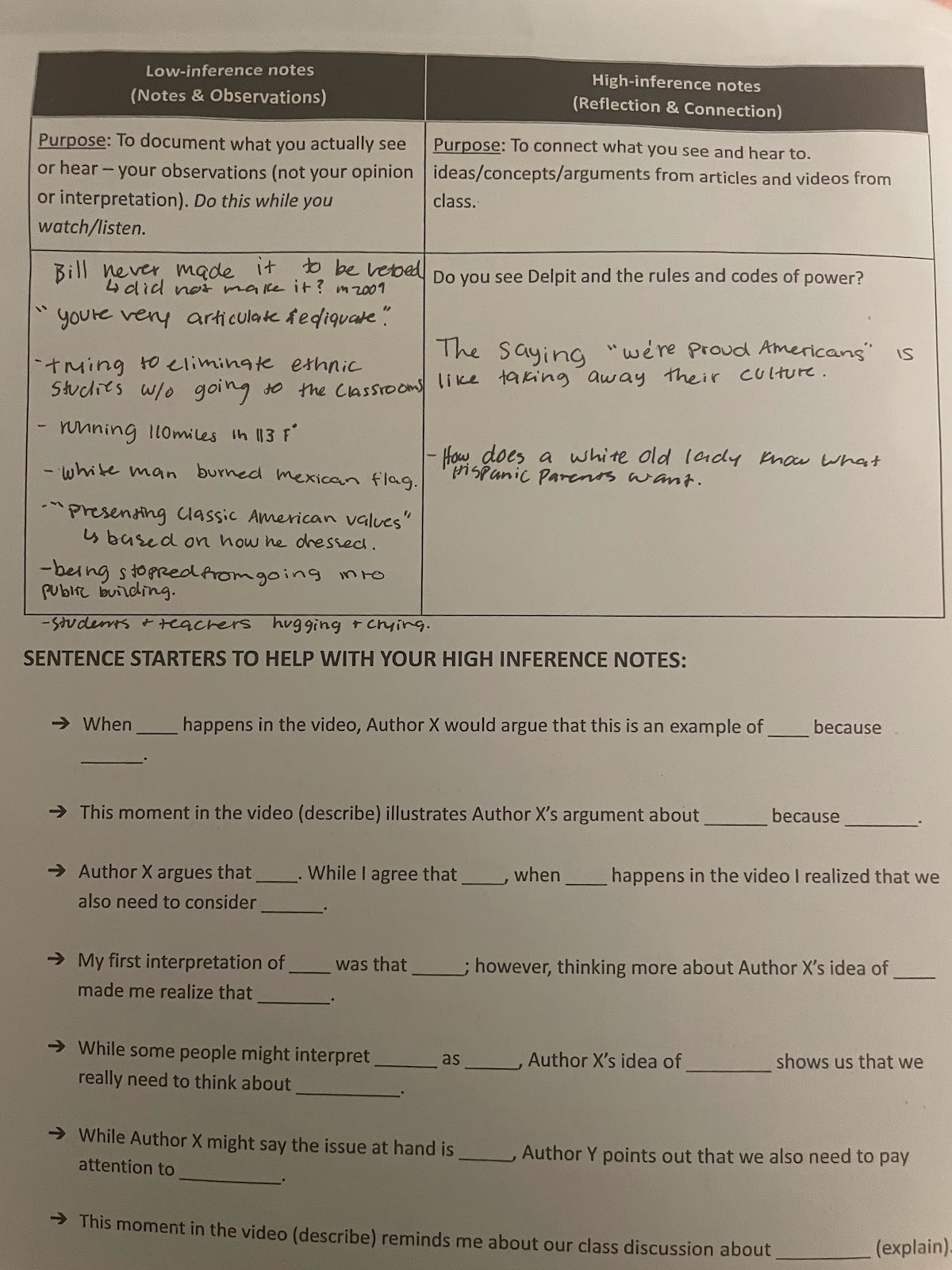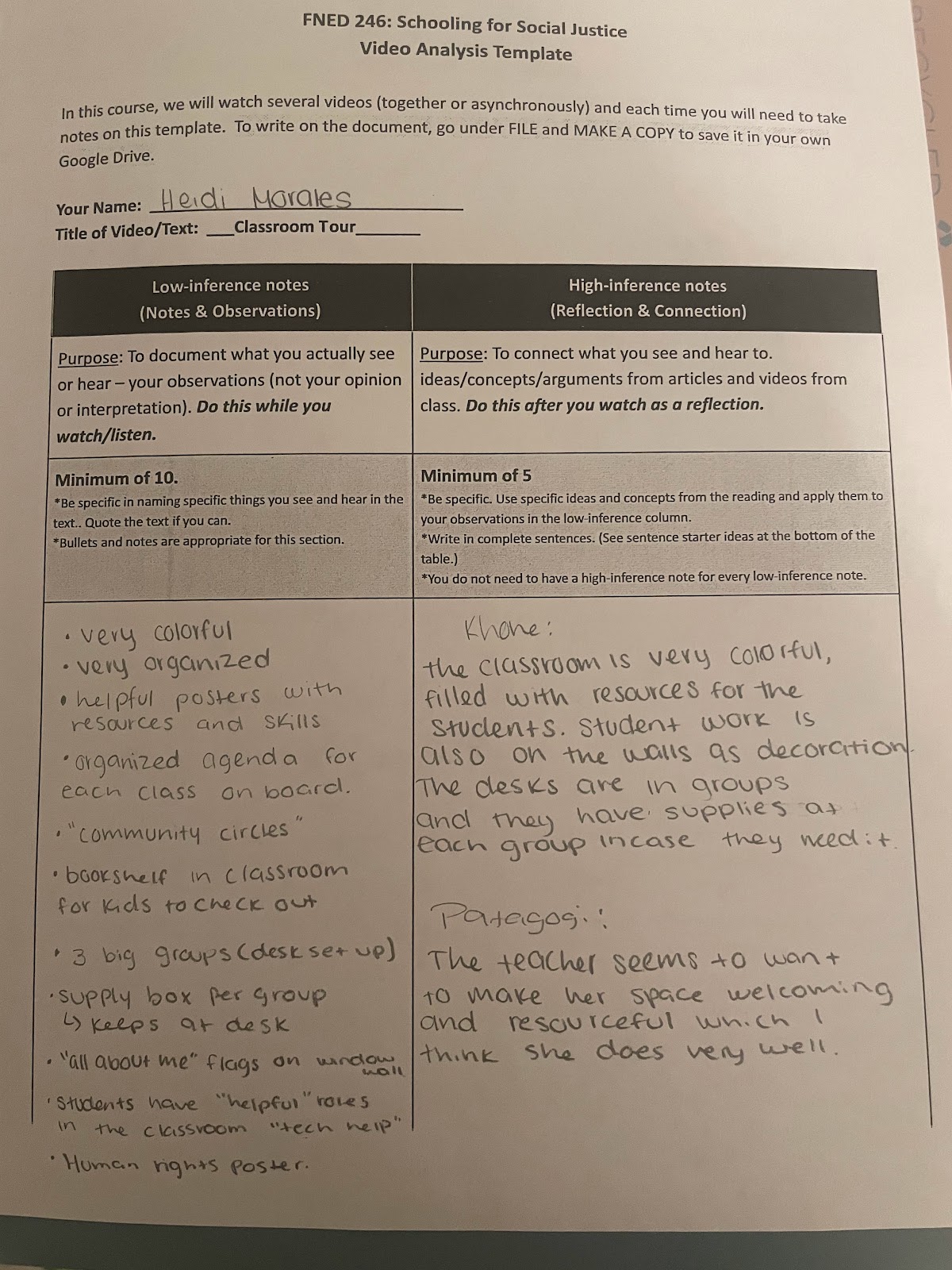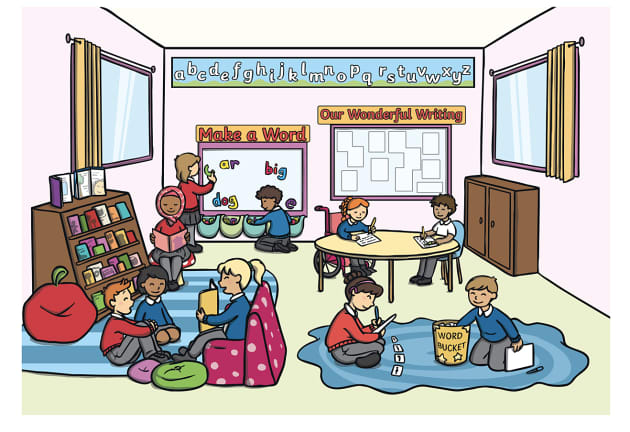Blog #8: Reflection
Reading this text reminded me a lot of my service learning experience. In the classroom I'm placed in, two students do not speak English very well or even at all. Spanish is their first language and most likely the only one they hear at home. From the outside looking in, these students appear to be going along with their lessons but once it is time for them to put their understanding to the test, you can tell that all they are doing is copying things down trying to get by. We cannot blame them for doing this because there is no one to help them understand, they are expected to get through without knowing the language. Whenever I am assigned to work with these students, I try to reexplain what the teacher was giving a lesson on but in Spanish. When I do this I notice that the students not only have a glow in their eyes from understanding but also feel comfortable because there is someone there that is like them, someone that speaks their language. A lot of times students who do not speak English are seen differently by their peers and this can make them feel like they're doing something wrong, they can feel like their only option is to stay silent and to the side until they can fit in with everyone else. This experience relates to when Rodriguez was talking about the American culture being pushed on him and his family. This expectation of having to fit into the American culture, overtime created a separation within his family Along with this idea he mentions that "children lose a degree of 'individuality' by becoming assimilated into public society" which I believe to be very true, children can become afraid or insecure of who they really are because being different is viewed negatively.







